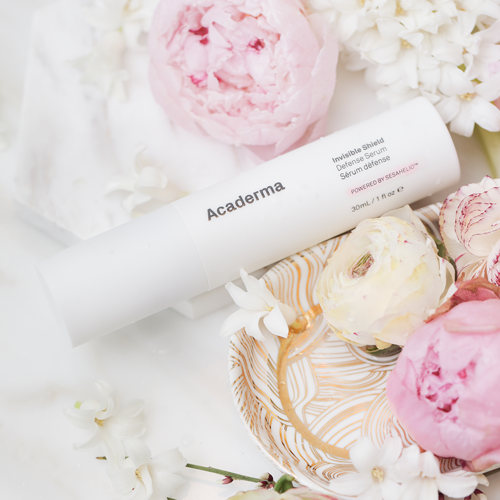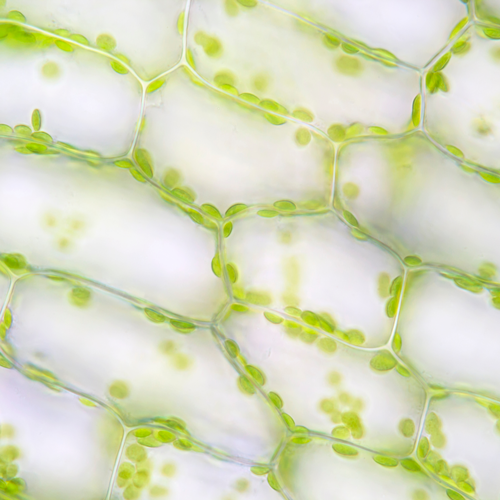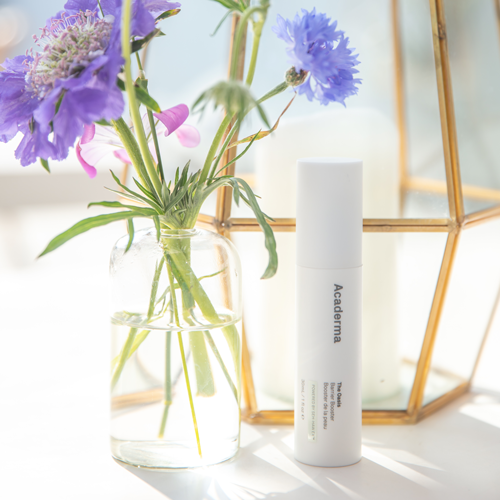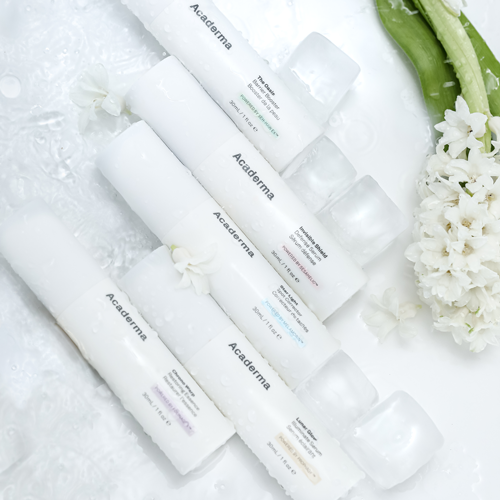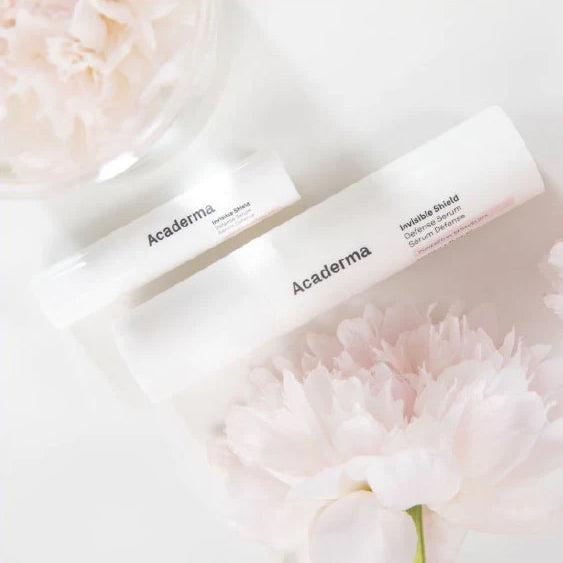Skin Science 1011
It’s the body’s largest organ, spanning about 22 feet in your average adult. It’s also the body’s barrier, helping to keep out all types of germs and bacteria from the external environment. You’ll only get one set of it your entire life, so you better take care of it. Can you guess what’s being described?
It’s your skin.
You would be surprised by how much you don’t know about your skin, given that it plays such an essential role in your everyday life. Here, we’re going to break it down and give you a basic idea of what your skin structure looks like and how it works, to facilitate future discussions about what you’re doing right and what you might be doing wrong when it comes to skincare.
It’s easy to think of your skin as a one-layered external barrier, but it’s much more than that. Instead, imagine a crepe cake, with many layers, though with three distinctive sections, each stacked upon each other. Naming them from the outside in, the three sections of our skin are the epidermis, the dermis, and subcutaneous tissue (a.k.a. fat!).

The outermost section of your skin, epidermis, is a dynamic and semi-permeable structure, which we can think of as the “barrier” of our skin. The very top layer of this section is a collection of stratum corneum cells, which are essentially a bunch of keratin-rich dead skin cells without nuclei. Assuming normal epidermal function, these guys will shed naturally through a process called desquamation. This layer also happens to be home to your sweat glands as well as sebaceous glands, which are responsible for secreting oil. Below our stratum corneum, nicknamed the “horny layer,” are a couple of other layers, which aren’t too important for us to discuss in detail. I will point out some highlights though: the second most innermost layer of the epidermis is the prickle layer, where keratin is produced, while the innermost layer of the epidermis – the basal layer – is where keratinocytes (basically keratin-producing cells) are made.

Below our epidermis, we have our dermis, which makes sense considering that the prefix “epi-“ simply means above. It’s thick and elastic, yet still somewhat firm. It’s broken down into the two layers but for the basic purposes of skincare, it’s not too important to outline the differences between these layers. However, the main structural components here that are important to understand are collagen and elastin. I’m sure that you’ve heard of these in the past in reference to skincare. Or maybe you’ve even seen collagen in some of your dietary supplements. They are connective tissues, which provide strength and flexibility, and are the key to maintaining healthy, young skin. These tissue fibers are embedded in a gel substance which contains hyaluronic acid, which has a very high capacity to bind water, helping to maintain the volume of our skin and keeping it from looking flat or dull. The dermis is also home to the sebaceous glands, which are the deliverers of sebum or oil to the surface, and sweat glands, which actually deliver both water and lactic acid to the surface of the skin. Additionally, the dermis layer happens to be the source of hair roots, which is where hair is developed.

Next, we have the subcutaneous tissue. For consistency’s sake, if you want to go ahead and call it the hypodermis and follow our naming pattern from above, go ahead, since it’s also an accepted name for this section. It’s the very innermost layer of our skin which stores energy while insulating the body (think blubber on a seal). As this description would make you think, the hypodermis contains fat cells, held together by loose and spongy tissues called special collagen fibers. The actual amount of fat cells that is contained here greatly depends on a variety of different factors, such as the different parts of the body, gender, and even age.
Now that we’ve outlined the basic structure of the skin, hopefully you have more of an idea of what the claims on skincare bottles really mean or what your dermatologist is really saying when she tells you that over-exfoliation can damage your skin barrier.






